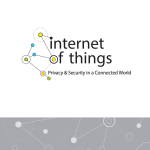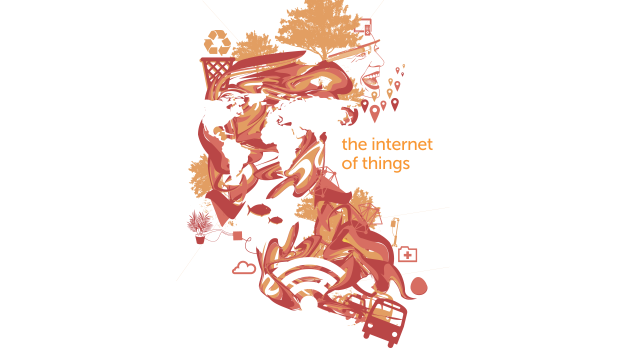One of my unchanging principles is always to look to situations where there’s a lot at stake — especially human lives — for breakthroughs in difficult issues.
Exhibit A of this principle for the IoT is sensor design, where needing to frequently service or recharge critical sensors that detect battlefield conditions can put soldiers’ lives at stake (yes, as long-time readers know, this is particularly of interest to me because my Army officer son was wounded in Iraq).
FedTech reports encouraging research at DARPA on how to create sensors that have ultra-low power requirements, can lie dormant for long periods of time and yet are exquisitely sensitive to critical changes in conditions (such as vehicle or troop movements) that might put soldiers at risk in battlefield conditions.
The N-ZERO (Near Zero RF and Power Operations) program is a three-year initiative to create new, low-energy battlefield sensors, particularly for use at forward operating bases where conditions can change quickly and soldiers are constantly at risk — especially if they have to service the sensors:
“State-of-the-art military sensors rely on “active electronics” to detect vibration, light, sound or other signals for situational awareness and to inform tactical planning and action. That means the sensors constantly consume power, with much of that power spent processing what often turns out to be irrelevant data. This power consumption limits sensors’ useful lifetimes to a few weeks or months with even the best batteries and has slowed the development of new sensor technologies and capabilities. The chronic need to service or redeploy power-depleted sensors is not only costly and time-consuming but also increases warfighter exposure to danger.”
…. (the project has) the goal of developing the technological foundation for persistent, event-driven sensing capabilities in which the sensor can remain dormant, with near-zero power consumption, until awakened by an external trigger or stimulus. Examples of relevant stimuli are acoustic signatures of particular vehicle types or radio signatures of specific communications protocols. If successful, the program could extend the lifetime of remotely deployed communications and environmental sensors—also known as unattended ground sensors (UGS)—from weeks or months to years.”
A key goal is a 20-fold battery size reduction while still having the sensor last longer.
What cost-conscious pipeline operators, large ag business or “smart city” transportation director wouldn’t be interested in that kind of product as well?
According to Signal, the three-phase project is ahead of its targets. In the first part, which ended in December, the DARPA team created “zero-power receivers that can detect very weak signals — less than 70 decibel-milliwatt radio-frequency (RF) transmissions, a measure that is better than originally expected.” This is critical to the military (and would have huge benefits to business as well, since monitoring frequently must be 24/7 but reporting of background data (vs. significant changes) would both deplete batteries while requiring processing of huge volumes of meaningless data). Accordingly, a key goal would be to create “… radio receivers that are continuously alert for friendly radio transmissions, but with near zero power consumption when transmissions are not present.” A target is “exploitation of the energy in the signal signature itself to detect and discriminate the events of interest while rejecting noise and interference. This requires the development of passive or event-powered sensors and signal-processing circuitry. The successful development of these techniques and components could enable deployments of sensors that can remain “off” (that is, in a state that does not consume battery power), yet alert for detecting signatures of interest, resulting in greatly extended durations of operation.”
The “exploitation of .. energy in the signal signature itself sounds reminiscent of the University of Washington research I’ve reported in the past that would harness ambient back-scatter to allow battery-less wireless transmission, another key potential advance in IoT sensor networks.
The following phrases of N-ZERO will each take a year.
Let’s hope that the project is an overall success, and that the end products will also be commercialized. I’ve always felt sensor cost and power needs were potential IoT Achilles’ heels, so that would be a major boost!



